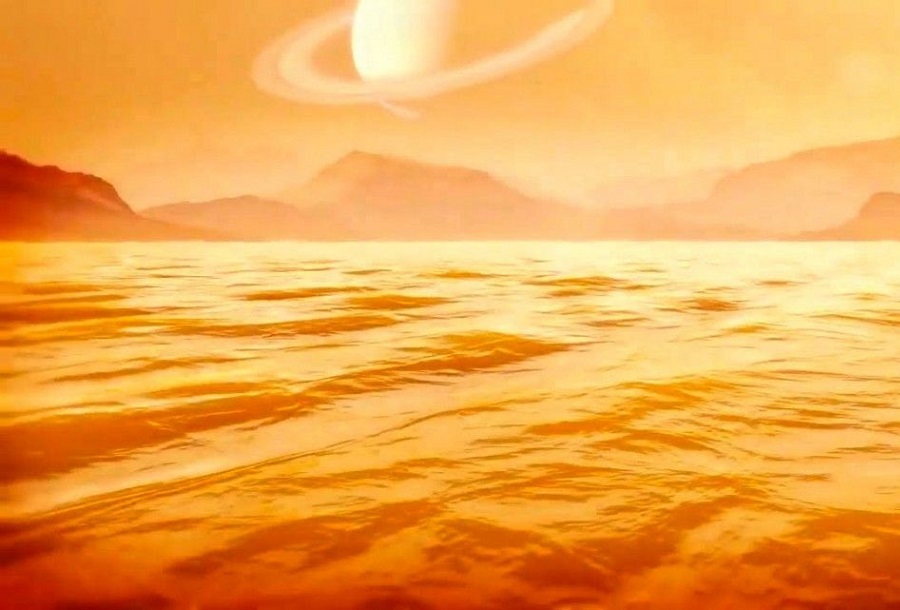Scientists could explain the formation of landscapes on Saturn’s moon Titan. They found out how fragile organizational connections form dunes. And based on that, the formation of global landscapes on the celestial body was explained.

Landscapes on Titan
Saturn’s largest moon Titan is considered the celestial body that is most similar to Earth. It is known that it has a dense atmosphere, fluid flows and even seas. However, this similarity is misleading, since the winds here blow from pure nitrogen, the liquid is actually liquid methane, and the sand consists of pure hydrocarbons.
Scientists decided to find out how much the processes of relief formation are similar to those on Earth. On our planet, most of the sand and stones that are the basis of the landscape consist of silicates. They are much stronger than hydrocarbons, so the main processes of soil formation on our planet are the destruction of rocks, as a result of which fragments of different sizes are formed.
However, the hydrocarbons on titan are not so strong. And researchers fear that they should be erased into microscopic dust, from which even dunes cannot form. And the processes of relief formation may turn out to be completely different from those on Earth.
Analogue of the Titanic rocks found on Earth
Fortunately, scientists have found rocks on Earth that are formed from organic substances in conditions quite similar to Titan. We are talking about ooids — small carbonate grains often found off the coast of the Caribbean islands. These small balls are formed from seawater by sedimentation.
Molecules dissolved in seawater settle on the surface of already formed grains. This allows them to grow. At the same time, erosive destruction of ooids occurs. In the conditions of the confrontation of these two processes, they form the breed. According to scientists, the same thing happens on Titan. And these processes make it possible to form quite demanding forms of relief.
Formation of Global Landscapes
Understanding the process of formation of grains of organic substances allowed scientists to understand how global landscapes are formed from them. Earlier, it was already clear that there are ridges of dunes in its equatorial regions. In temperate latitudes, they are replaced by plains. And near the poles of the moon, sprawling labyrinths are complex formations of crushed stone and sand.
Now it becomes clear that the winds that the Huygens probe heard at the time play a key role in the formation of all these forms. Near the equator of Titan, they are quite strong and therefore the processes of erosion are dominated by fusion and particle growth. As a result, they are erased into fine dust, which forms dunes.
There are almost no winds in temperate latitudes. Therefore, here all the particles fuse together and form plains covered with a dense cork. The poles of the moon differ in the most difficult conditions. There are also winds that erase hydrocarbons to sand, but there are also monolithic rocks similar to terrestrial sandstones.
Moreover, a lot of rain falls near the poles of Titan. Of course, this is not water, but liquid methane. But it is also enough to form fluid flows that cause the process of karst formation, that is, the formation of cavities in the rock. Eventually the rocks begin to collapse and mazes form.
According to phys.org
